At least the sun is out and things are looking better. Going to start more effort to catching a King from camp today.
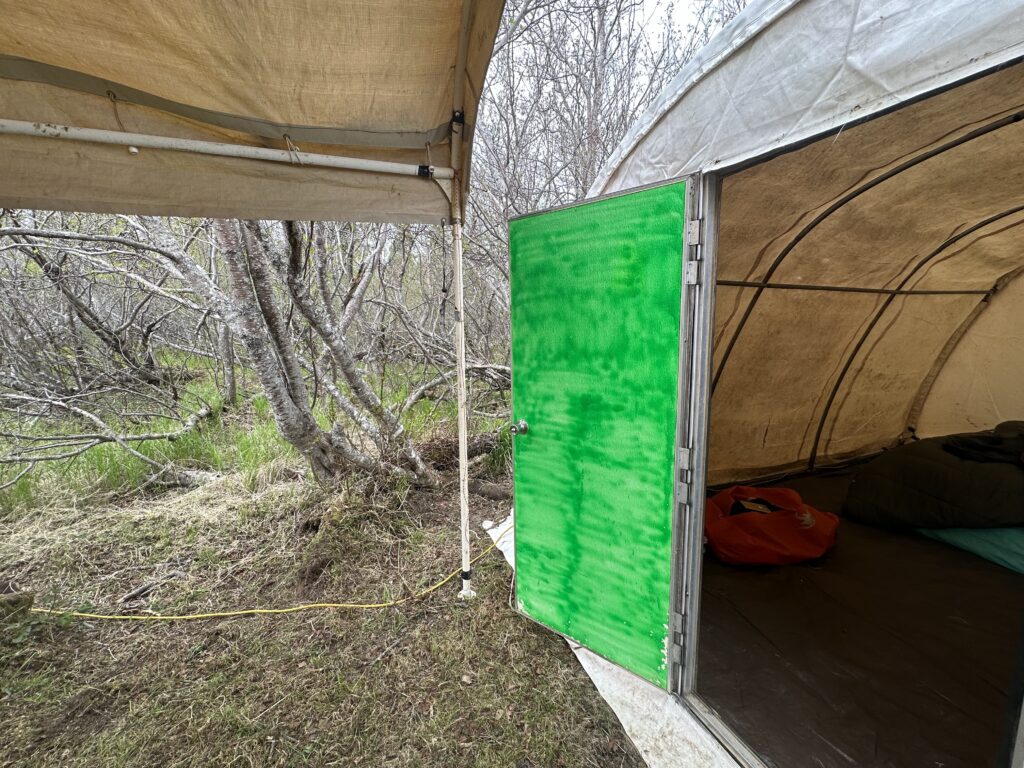
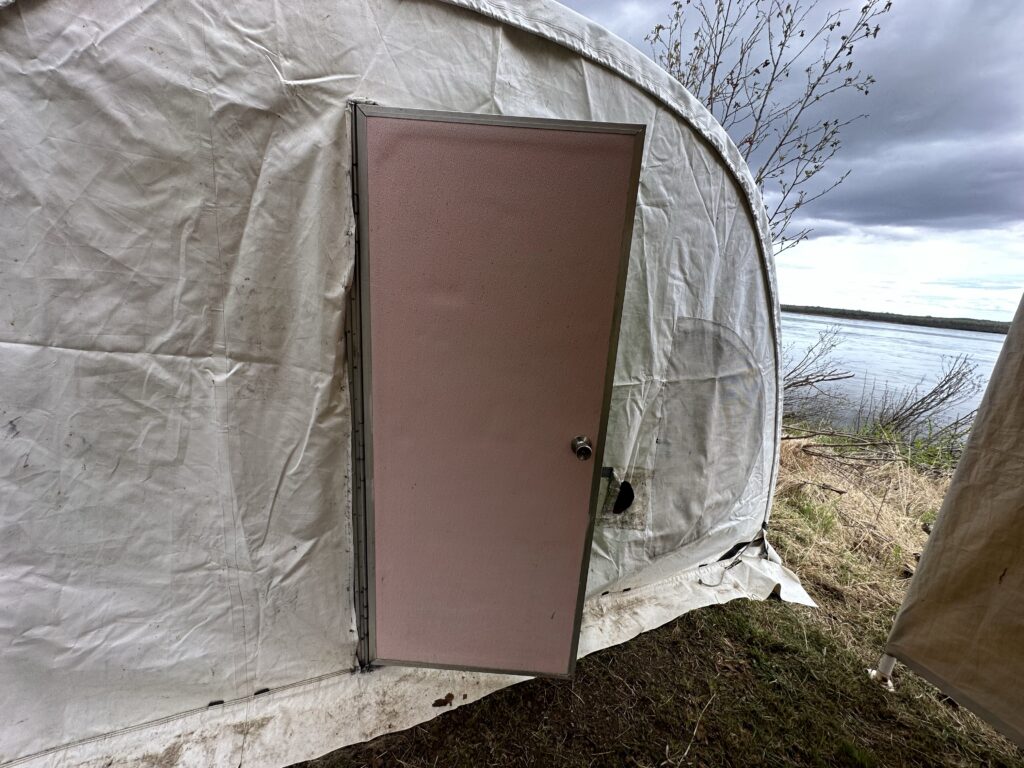
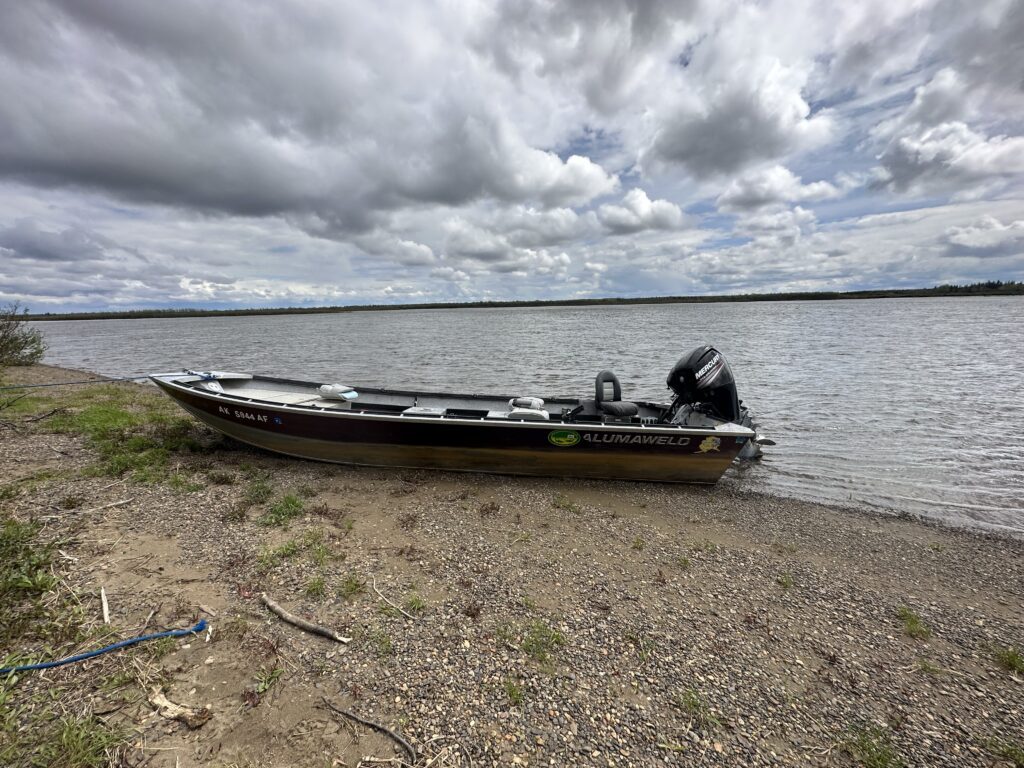
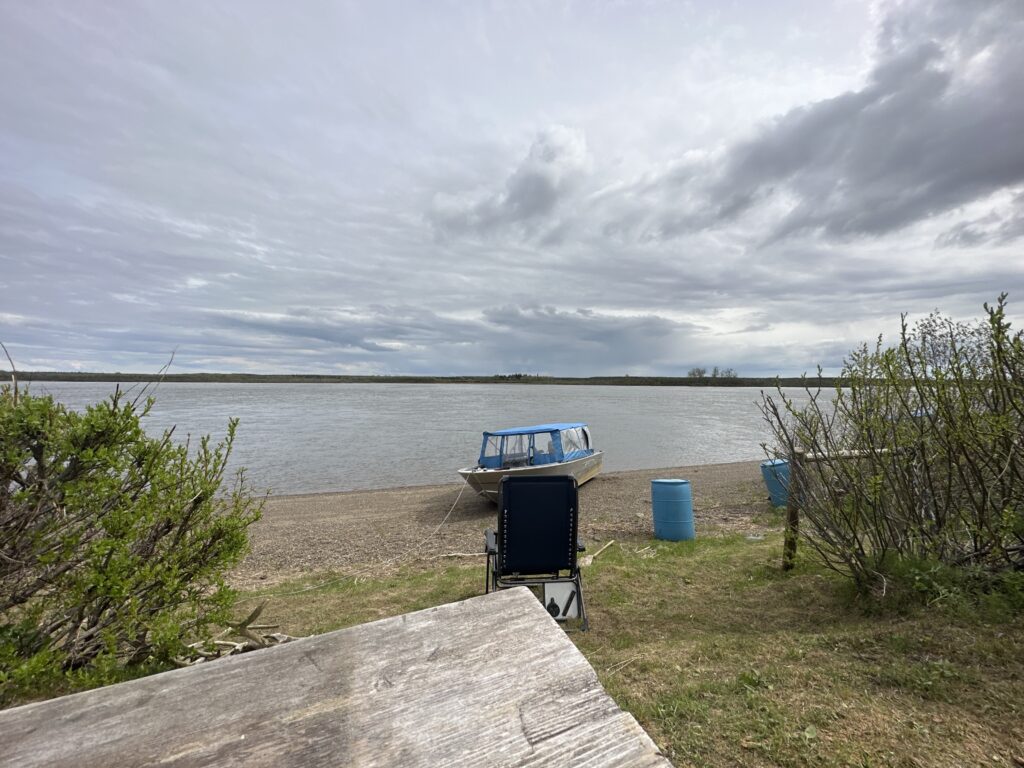
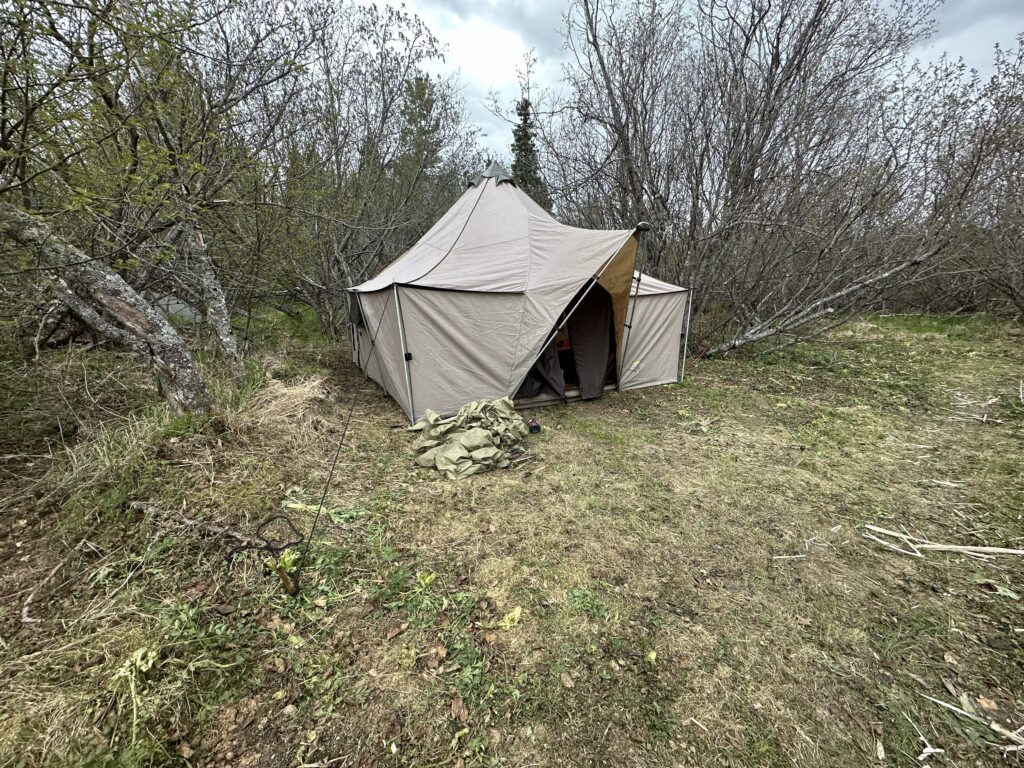
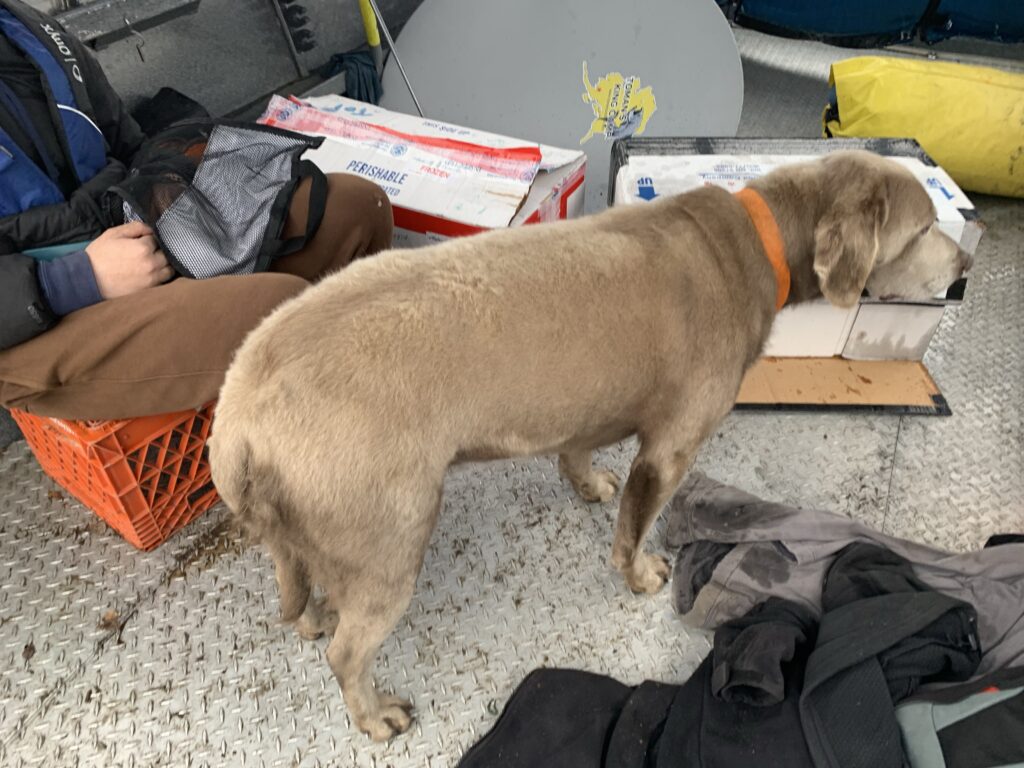
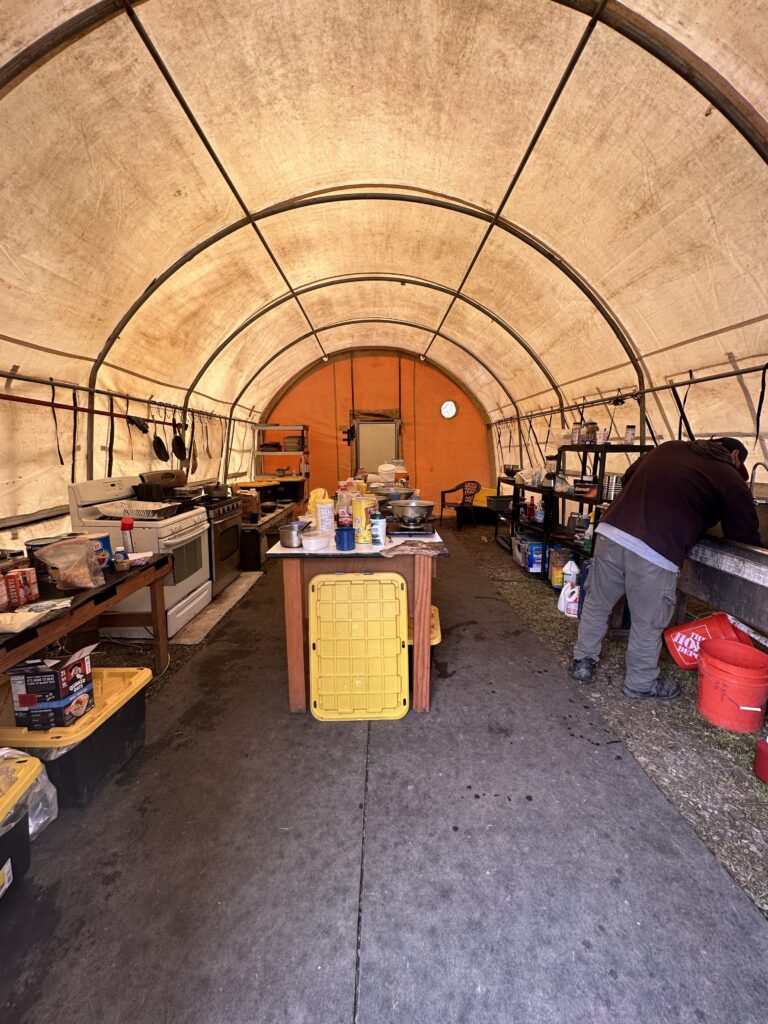
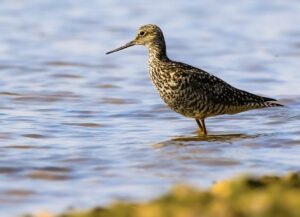
At least the sun is out and things are looking better. Going to start more effort to catching a King from camp today.








In part one of the this two part blog, we talked about selecting your target Salmon species. In part 2, we are going to look at, picking your accommodations, your guide, and or your camp.
Now that we have selected your specie(s) you’re going to target, let’s pick a lodge, guide, or camp that will best suit you.
Lodges: Most lodges offer you a chance at catching multi species during your stay. Each day you can select from several species in which you want to target. The only downfall to this, is the price. Lodges that have their own airplanes, that fly you daily to the best fishing spots, typically cost in the $6000-$9000 a week range. With that extra cost you get some pretty amazing accommodations. Life at the lodge can be extremely comfortable and relaxing. If this sounds like something you’d be interested and can afford, this trip might be for you.
Guides: Typically, when fishing with a guide, you have already determined the river and species you want to target. In many cases however, anglers just go with the recommendation of the guide they have selected and meet him/her at a specified river and area. What do you look for in a guide, that will be best for you? This is a topic that could be written about, in several articles. When you select a guide, look for one that has experience fishing for the species of fish you want to target. This goes for anglers fishing at a lodge. Do the guides have experience guiding for your targeted species?
Experience is a key to selecting a guide, most guide businesses have years of experience under their belt. Simply searching websites and making a phone call or two, can help chose your guide that best matches your needs. Get references from the guide that you choose. This is one of the most overlooked steps, yet one of the most important, when booking a guided trip.
Camps: Fishing camps, allow you to be on the river for your stay. Lodges will fly you in and out daily, taking away a lot of prime fishing time. Guided trips are usually 7-8 hour trips, the rest of the time is spent in a hotel room waiting for the next days adventure. Staying at a fishing camp typically gives the angler more guided fishing time and a chance to bank fish after your day on the boat. Make sure of the accommodation when choosing a fishing camp on the river. Alaska weather can be tough at times and you’ll want to be comfortable during your stay. Waterproof tents, clothes drying tent, and food! Don’t forget the food, and get references!
Good luck on your next adventure in Alaska!
Choosing the Ideal Alaska Fishing Lodge, Camp, or Guide
With countless lodges, camps, and guides operating across Alaska, selecting the one that best matches your goals can feel overwhelming. The most important starting point is deciding which salmon species you most want to target—Alaska is home to five: King (Chinook), Coho (Silver), Sockeye (Red), Chum (Dog), and Pink (Humpy). Each species has distinct run timing, preferred fishing techniques, and table quality.
### Sockeye (Red) Salmon
Widely regarded as the finest-eating salmon, Sockeye are nonetheless among the most challenging to catch consistently. The dominant technique in many rivers is “flossing”—drifting a long leader through dense schools so the hook catches in the mouth as the fish swims forward. While legal and effective, flossing is often described as more harvesting than traditional angling. If Sockeye are your primary target, ask prospective lodges or guides exactly how you will be fishing and whether other species are readily available nearby to provide variety.
### Coho (Silver) Salmon
Coho offer excellent eating quality and, for most anglers, a far more rewarding fight. They aggressively chase and attack spinners, spoons, flies, and jigs—often in clear water where you can watch the take. Silver runs typically peak from late July through August or September (later than Kings, Sockeye, and Chum in most systems) and frequently overlap with Pink Salmon. Pinks behave similarly on the retrieve but are softer-fleshed and usually released.
### Chum (Dog) Salmon
Despite their reputation among some Alaskans, ocean-bright Chum have firm, mild flesh that smokes beautifully. Their river runs often coincide with early-season King Salmon, and many are caught incidentally on plugs, bait, or large spinners while targeting Kings. Adding a few bright Chum to the fish box for the smoker is rarely a bad idea.
### King (Chinook) Salmon
Kings remain the ultimate prize for most visiting anglers. Their size, power, and willingness to strike a variety of presentations—back-trolling bait or plugs, drifting roe, casting hardware, or swinging flies—make them exceptionally exciting. Fresh-from-the-ocean Kings are also outstanding on the table. Because King fishing opportunities vary dramatically by river, timing, and regulation, the second installment of this guide will highlight specific rivers and lodges that consistently produce large Chinook.